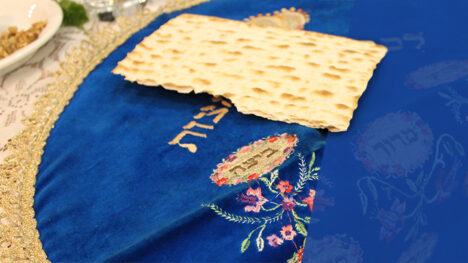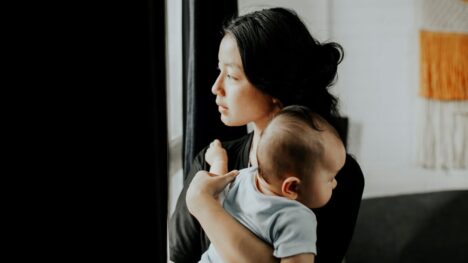post-baby bladder
In the weeks after childbirth, problems controlling urine are common, as the bladder seems to become very weak and lax. But consider what the body has endured over the past months. It has given birth to a 3-kilogram wriggling mass. This is a major physical event! The pelvis has never been stretched so much, and there may be tears and splits. It all has to heal and that will take time. Exercises and physiotherapy after giving birth are very good, and pelvic squeezes many times a day often help. Talk to your doctor or physiotherapist. Most women will have this challenge.
post-polio syndrome
Polio sufferers from the 1950s can have a recurrence of pain in the limbs.
This is likely to be “postpolio syndrome,” a fairly common effect in those who suffered polio in the pre-immunisation days of the mid 50s. Treatment is a team effort. Left untreated, there may be a loss of mobility, function and independence.
Keeping mobile is the vital issue.
gall stones
Anyone who notices nausea, especially after enjoying a meal of fish and chips or other fried food, sometimes with pain under the right ribs, may have gall bladder issues. An ultrasound examination will quickly provide the answer. If there are many small stones, their removal via surgical intervention is usually recommended.
This is carried out by the laparoscopic method, requiring only a short stay in hospital, it still takes several weeks for the raw surfaces inside to heal. Avoiding fatty foods is recommended. A high fibre diet, rich in fruit and vegetables, helps.
options
Today, doctors and surgeons offer the patient “options” and patients are left to make up their own minds. One example is the option to have some scar tissue removed from the retina of the eye and have better vision, or leave it there and gradually go blind. The operation is not always a success, in which case the patient goes blind right away. Making a decision is difficult because the dilemma is twofold.
Often the positives outweigh the negatives.
At least there is a good chance of better sight.
Just as there is some risk involved in crossing the road, most arrive at the other side unharmed.
antihistamines
Antihistamines are often taken for colds and the flu, as occasionally an allergy factor may cause clogged airways and sneezing. But for a simple viral infections, there is nothing to gain by taking antihistamines. Today the non-sedating antihistamines are often helpful to neutralise histamine, which often causes itchiness, a runny nose, watery eyes and irritable skin. The older ones were very sedating, often causing intense drowsiness, which could persist for many hours. Today, some of those are repackaged as a mild sedative!








